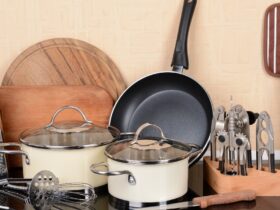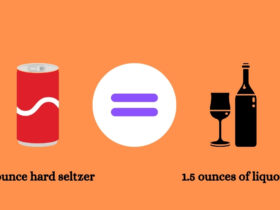Choosing the right type of milk can make a big difference when you use a home cream separator. Different milks have different fat contents, textures, and freshness levels, and these factors all influence how well the cream separates.
Fresh, whole milk usually provides the best results with most cream separator machines. If you want to get started with home dairy processing or want to find cream separator here for your own kitchen, knowing what milk to pick can help you get smooth, rich cream easily.
Fresh whole cow’s milk
Fresh whole cow’s milk is the most common type used with home cream separators. It contains a natural layer of cream that rises to the top when the milk sits for a while.
When you use a home cream separator, you pour the fresh milk into the machine soon after milking. This helps the cream stay together and separate more easily.
Whole cow’s milk gives a good amount of cream because it has a higher fat content compared to many other types of milk. The fresher the milk, the better the results you can expect.
If your milk is raw and not homogenized, it is simpler to get a nice, thick layer of cream. The separator will split the milk into cream and skim milk, which you can then use for different recipes or needs.
Goat’s milk
Goat’s milk has smaller fat globules than cow’s milk, which means the cream does not separate as easily. This can make it a bit tricky if you want to get a thick layer of cream with a traditional separation method like letting the milk sit in the fridge.
A home cream separator can make this much easier. Using a separator set to the finest setting helps remove more of the small fat particles from goat’s milk. You might get a better yield if you run the separator slowly and use less milk at one time.
If you are new to using a separator with goat’s milk, you may need to try different settings until you find what works best. The results can depend on the freshness and temperature of your milk. By making small adjustments, you can collect more cream and use it for recipes at home.
Sheep’s milk
Sheep’s milk can be successfully separated with a home cream separator. The high fat content makes this milk a good option for getting cream, but you may need to warm the milk first for best results.
Make sure the milk is fresh and not homogenized. Homogenized milk will not allow the cream to separate as easily.
Home cream separators are generally able to process sheep’s milk, but you should check your separator’s instructions. Some models work better with thicker or fattier milk, and using the correct temperature will help the cream come out smooth.
If you produce your own sheep’s milk, using it in a cream separator can be an easy way to get both cream and skim milk while making use of your fresh supply.
Raw milk from local farms
When you use raw milk from local farms, you get milk that has not been pasteurized or homogenized. This means the cream in the milk can rise to the top and separate more easily.
You will notice a thick layer of cream forming at the top after the milk sits in the refrigerator for several hours or overnight. This natural separation helps your home cream separator work well.
Raw milk often comes from cows that graze on grass, which may make the cream taste fresher and richer. Many people prefer this milk for making butter or whipped cream because of its flavor.
Using fresh, local milk also means you know exactly where your product comes from. You can ask the farmer questions about the cows and their care, giving you more confidence in the food you are enjoying.
Organic whole milk
Organic whole milk is a good choice when you want to use a home cream separator. This type of milk usually comes from cows fed on clean diets and without many chemicals. It has a rich taste and texture that can give you a better cream yield.
When you use organic whole milk that is not homogenized, the cream will rise to the top more noticeably. This makes it much easier to separate the cream from the milk using your machine.
You may find that organic whole milk has a thicker cream layer compared to some other milk types. This is because it is less processed and still has its natural fat content.
Be sure to keep your milk cold before separating. This helps the cream stay together, making the process smoother and more efficient for you.
Conclusion
When using a home cream separator, fresh whole milk gives you the best results for cream yield and quality. Skim milk or low-fat milk do not produce much cream, so they are not the best choice for separation.
Choose raw or pasteurized whole milk for richer cream and better texture. Colder milk can slow down separation, so letting it reach a moderate temperature before starting often helps.
Remember, your final cream amount depends on the fat content of your milk. Testing with small amounts first can help you get the results you want at home.







Leave a Reply